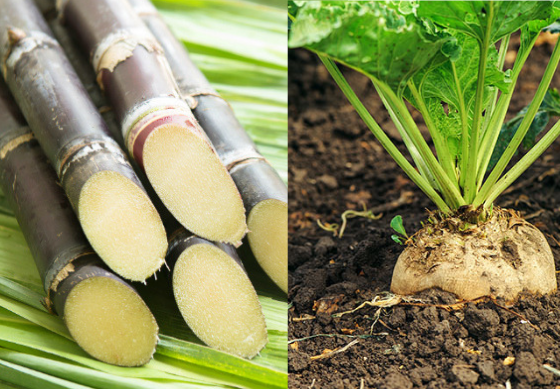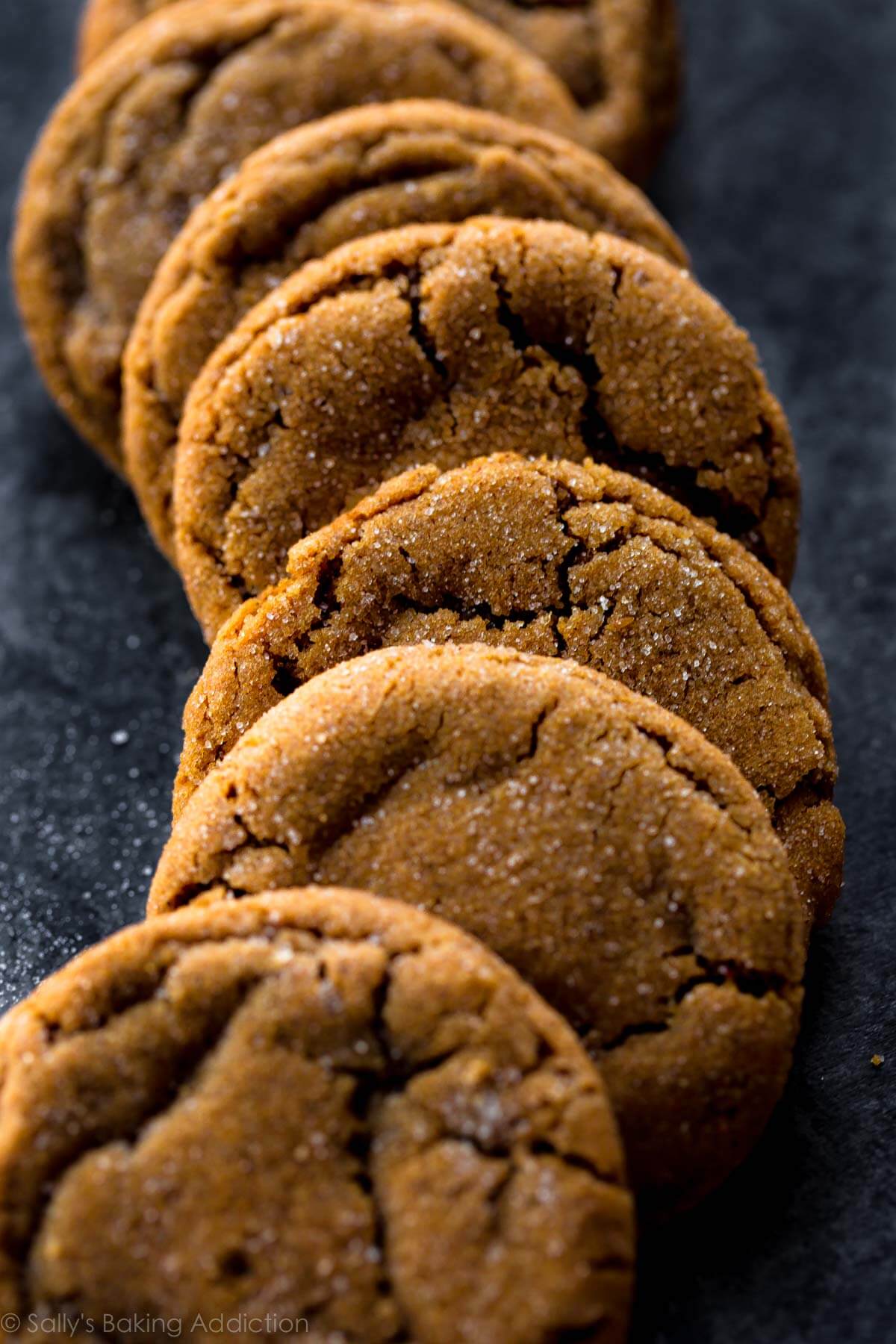In the realm of baking and sweet treats, light and dark brown sugar stand as two indispensable ingredients. These versatile sweeteners, both derived from refined sugar, impart distinct flavors and textures that enhance a variety of culinary creations. While both share a common origin, they possess unique characteristics that set them apart, influencing their culinary applications and the overall taste profile of desserts.
The Birth of Brown Sugar: A Sweet Transformation
The journey of brown sugar begins with white granulated sugar, a product of sugarcane or sugar beets. To transform this refined sugar into its brown counterpart, molasses, a thick, dark syrup extracted from sugarcane processing, is added. The amount of molasses incorporated determines the shade and flavor profile of the resulting brown sugar.

Light Brown Sugar: A Delicate Delight
Light brown sugar, characterized by its pale golden hue and subtle sweetness, contains a lower concentration of molasses, typically around 3.5%. This delicate balance imparts a mild caramel flavor and a slightly moist texture, making it ideal for everyday baking, such as cookies, cakes, and muffins.

Dark Brown Sugar: A Richer Symphony of Flavors
Dark brown sugar, distinguished by its deep amber color and complex flavor profile, boasts a higher molasses content, ranging from 6% to 10%. This enhanced molasses infusion lends a rich, intense caramel flavor with hints of toffee and a slightly sticky texture. Dark brown sugar is often used in recipes that call for a more pronounced flavor and a deeper color, such as gingerbread, molasses cookies, and barbecue sauces.

Culinary Applications: A World of Possibilities
Light and dark brown sugar find their way into a myriad of culinary creations, each adding its unique touch of sweetness and depth of flavor. Light brown sugar’s milder flavor complements delicate pastries, muffins, and frostings, while its subtle moisture enhances the texture of cookies and cakes. Dark brown sugar, with its bolder caramel notes, elevates gingerbread, molasses cookies, and barbecue sauces, adding a touch of complexity and sophistication.



Substitutions and Considerations
In a pinch, light and dark brown sugar can be substituted for one another, though it’s important to note that these substitutions may affect the flavor and texture of the final product. Replacing light brown sugar with dark brown sugar will result in a deeper color and a more intense caramel flavor, while substituting dark brown sugar with light brown sugar may yield a milder flavor and a slightly drier texture.
Conclusion: Sweet Endeavors with Brown Sugar
Light and dark brown sugar, with their distinct flavor profiles and versatility, enrich the world of baking and sweet treats. Light brown sugar’s delicate sweetness and subtle moisture enhance everyday desserts, while dark brown sugar’s rich caramel notes and bold flavor add a touch of sophistication to more indulgent creations. Whether crafting a batch of classic cookies, indulging in a slice of gingerbread, or adding depth to a barbecue sauce, light and dark brown sugar serve as indispensable tools in the culinary arsenal, transforming simple ingredients into masterpieces of sweet indulgence.